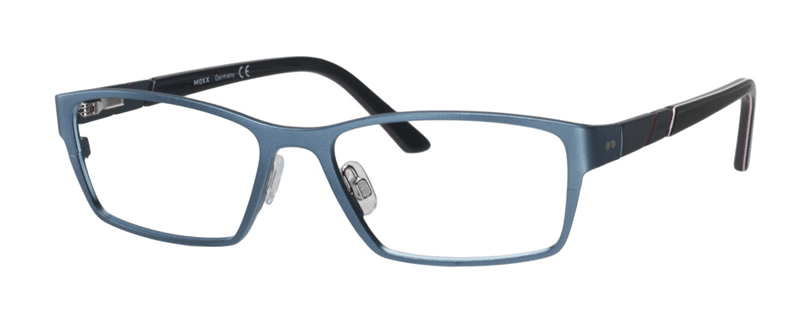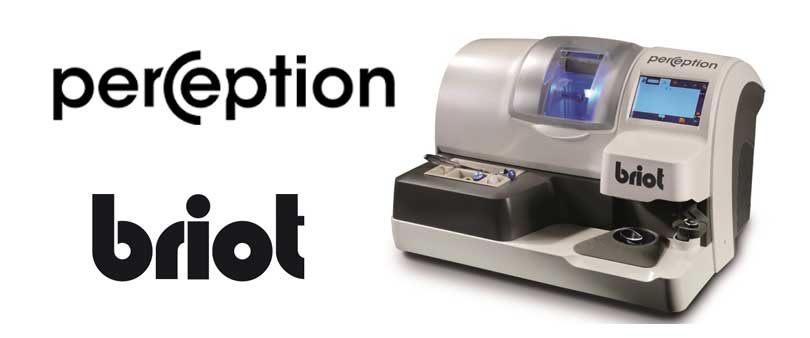Mexx Eyes has enjoyed great success for many years with its aluminium temple designs. The launch of style 5154 is its first men’s model with an aluminum front. The result is a sporty look combined with temple tips in layered acetate. It will come in colours ranging from black-grey or jeans-red to anthracite-green. The model also boasts a flex hinge. www.rlanctot.com
MARCHON EYEWEAR EXTENDS EXCLUSIVE GLOBAL LICENSING AGREEMENT WITH NIKE
Melville, NY – Marchon Eyewear, Inc. is pleased to announce the long-term extension of its licensing agreement with Nike, Inc. for the exclusive design, production and worldwide distribution of Nike optical and sunglass collections.
Claudio Gottardi, President and CEO of Marchon Eyewear, commented: “We’re extremely proud to continue our successful partnership with Nike. This unrivaled brand is constantly at the forefront of sports technology and innovation, therefore pushing our design team to continue striving to develop new groundbreaking ideas and high-quality products. We are confident that with the renewal of our long-standing partnership, which dates back to 1999, we can achieve further success with the Nike eyewear collections.”
For more information about Nike Vision, visit http://www.nikevision.com/.
New from Briot: Feature Packed Perception has it all
Briot’s new Perception edger is a compact, all-in-one system available at an entry-level price point. No routine calibrations are needed, and extremely easy to use, making it a perfect fit for starting your lab.
The Perception is powered by Gravitech®, a new technology where shape information is captured using a patented algorithm based on the gravity point of the lens to achieve highly accurate measurements within 5 seconds of lens placement.
Briot is offering introductory special pricing on Perception until July 31st.
For more information contact Briot at 1 800 667 – 3019
More information is available at:
www.briot.com/canada
WAITING FOR SEPTEMBER…
With its new communication campaign, SILMO, the Optical Fair, is marking a new milestone by highlighting its uniqueness (creativity, elegance, innovation) and asserting its influence around a symbolic referent: the world’s largest optics store.
In the meantime, as we eagerly await the grand opening on 25 September 2015 and the developments that will accompany this «new» fair, we invite you to come and experience the SILMO ACADEMY programme, the scientific conference which, for 5 years now, has been bringing together highly qualified specialists and delivering scientific insights and advances on vision. It helps opticians and all professionals who so wish to gain an understanding of current research and thereby enrich their medical knowledge and initial training.
«VISUAL EFFICIENCY», the optimisation of all available means to improve eyesight, is the theme chosen for this latest edition. It will be developed around three keynote lectures, two practical workshops and a poster exhibition.
LECTURES
Sunday 27 September from 10:00 am to 12:45 pm
What is efficiency? Which cognitive processes and parameters characterise it? What are its requirements for everyday practice and some specific activities?
Sunday 27 September from 15:00 pm to 18:00 pm
Experts, contactologists and retinal or anterior segment surgeons will discuss the innovative techniques of visual efficiency optimisation for children and long-sighted or visually impaired adults.
Monday 28 September from 10:00 am to 13:00 pm
The specific problems of long-sighted people made explicit by a number of case studies in order to propose a support methodology for your daily life.
WORKSHOPS
Sunday 27 and Monday 28 September between 13:15 pm and 14:45 pm
Analysis of the visual efficiency of Near Vision: a presentation of the Proximeter method as an effective tool for exploring the efficiency of near vision.
Visual efficiency of Visually Impaired people, targeting the refraction of the visually impaired, an essential prerequisite for any rehabilitation care.
POSTERS
The exhibition of posters and written communications is presented at the entrance to the fair so that it is accessible to as many visitors as possible and is open to all professionals. People wishing submit their work, whatever the theme, can register before 15 June 2015 by sending the title of the poster to Silmoacademy@silmoparis.fr.
The prize for the best poster will be awarded by the conference participants who can give their opinion by taking part in the proposed vote throughout the conference.
More information : silmo@silmo.fr
M’eye Fit Mirror from Essilor Technologies
Electronic measuring device that fits on any desk. Its ergonomic design makes it a portable tool which integrates into any office. Includes applications for choosing frames and allows easy, fast and precise measurement thanks to:
- A proprietary clip system
- High-resolution camera
- High calculation capacity
- User-friendly interface
- Special support allowing easy positioning of the clip
Works with Windows based operating systems only.
For more information: contact info@essilortechnologies.ca











